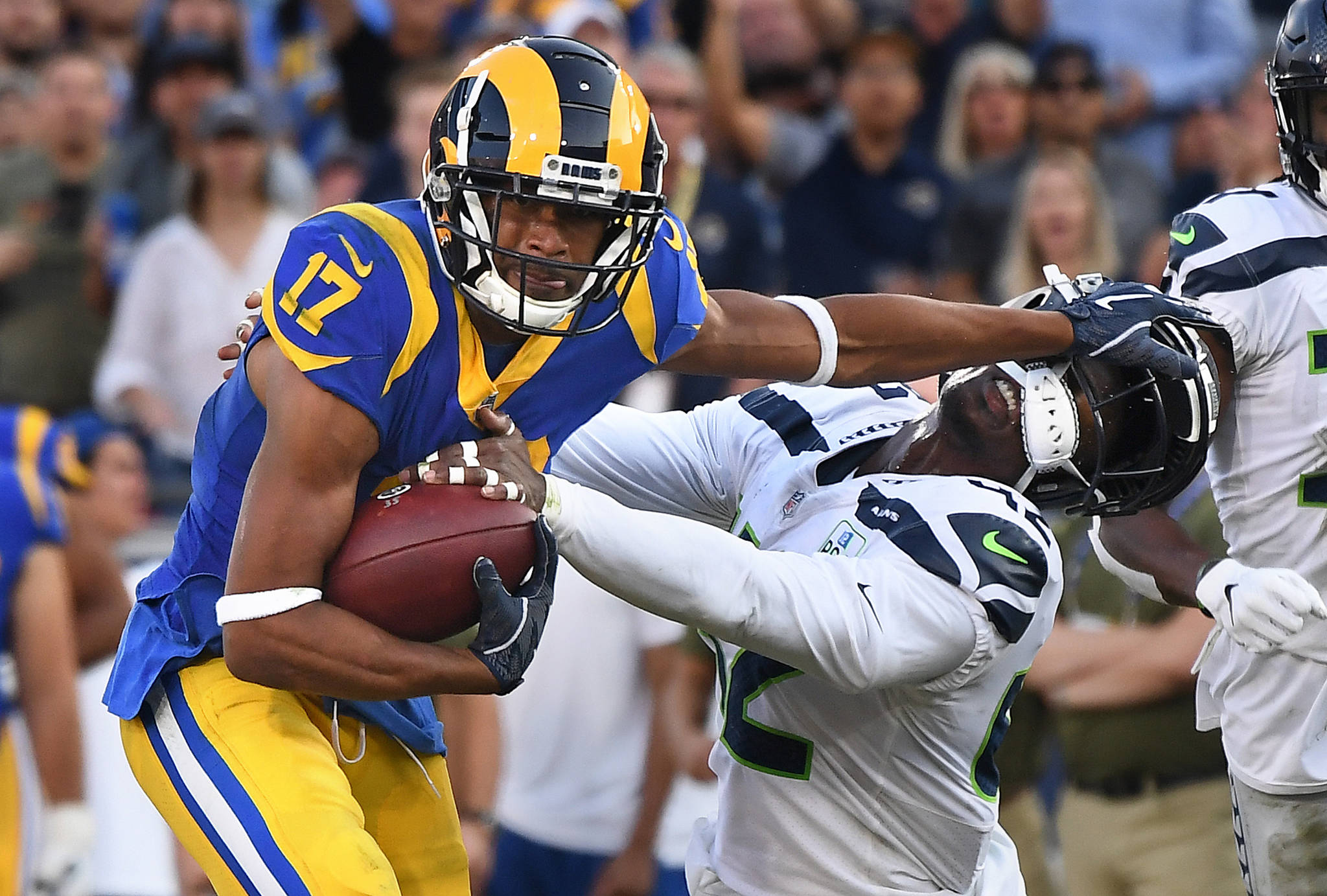The NFL is encouraged by progress made in reducing concussions while stressing there is much more work to be done.
On Thursday, the league said the number of concussions dropped 29 per cent in 2018 from the previous season, according to preliminary data. It added that there were 135 documented concussions, down from 190. By including preseason games and practices, concussions fell from a high of 281 to 214, a 23.8 per cent decrease. That was the lowest total since the 2014 season (206 reported concussions).
Of the 538 evaluations for concussions, the league says, 75 per cent ultimately showed no concussions.
“As we like to say,” noted Jeff Miller, the NFL’s executive vice-president of health and safety, “while we’re pleased with the fact that concussion numbers are down — and down significantly this year — when it comes to the health and safety of our players, there’s no finish line. This is a multi-year process. We’ll keep at this and we’ll try to figure out why these changes happened, and we’ll try to figure out where we set goals. There’s still room for improvement.”
READ MORE: Tentative deal reached in NHL concussion lawsuit
The league began releasing concussion data in 2012.
“It’s a significant decrease … but we’re also more interested in why that decrease happened, as opposed to what the number is,” Miller said. “That’s the sort of work we need to roll up our sleeves and do between now and the (NFL) combine (next month).”
The league also shared data with seven teams whose 2017 training camp practices resulted in a higher number of concussions. Six of those teams saw a reduction in training camp concussions in 2018, according to Dr. Allen Sills, the NFL’s chief medical officer.
Sills said the other 25 teams would also receive such information this year.
A commitment to in-depth helmet research helped lead to fewer concussions as well. The NFL created a checklist for players, ranking helmets in either green, yellow or red categories. Those in the red area will be banned starting this year.
For the 2017 season finale, 41 per cent of the players wore the higher-rated helmets. In 2018, that increased to 74 per cent, while only 2 per cent stuck with the lowest-ranked helmets thanks to a one-year grandfather clause.
More helmet testing will be done this year, with perhaps as many as 10 new models.
“We are excited and grateful for the changes that we’ve seen,” Sills said, “and we feel like this decrease is not a random variance but a reflection that the data-driven approach has made an impact.”
Also being researched are mouth guards with data-gathering sensors similar to what the University of Virginia team used in 2018. Miller said some players, likely on four teams, will test them.
The league also says the number of anterior cruciate ligament tears increased by three to a total to 57. And medial cruciate ligament injuries that caused players to miss playing time were down by 12, from 143 to 131. Sills said the NFL will target reducing other injuries, particularly to the lower body, this year. Among the categories to be researched are turf, cleats, training regimens, and the mechanics of the injuries.
“This is not a one-year project,” he said. “It’s an ongoing commitment on our part to drive down injuries, not only concussions, but also other parts of the body.”
READ MORE: Boys show concussion symptoms faster than girls, says study
___
Barry Wilner, The Associated Press



